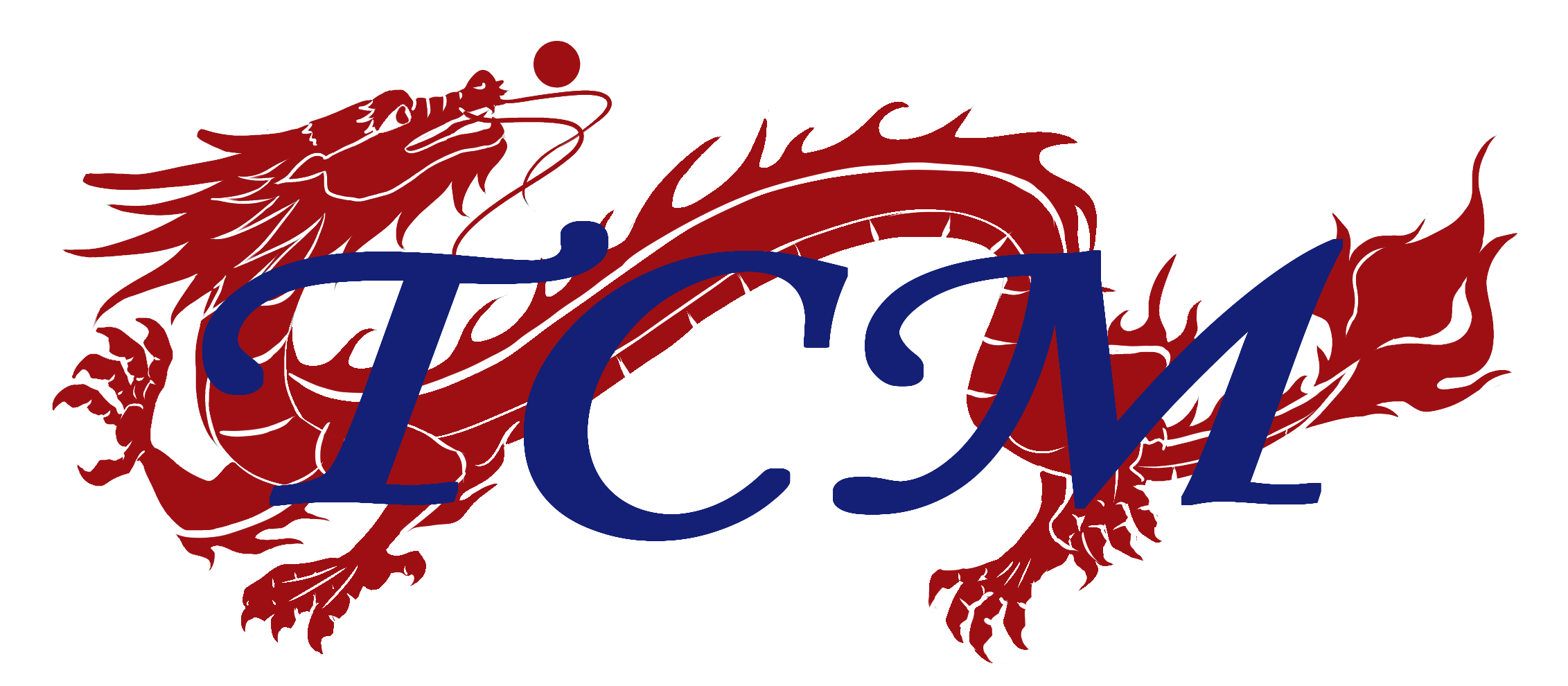
The Origin, Formation, and Development of Massage
In Xia and Shang Dynasties, medical practices developed, and traditional Chinese medicine appeared. During the Warring States Period in ancient China, there were records of massage techniques in the earliest medical book, Huangdi’s Internal Classic. Massage and traditional Chinese medicine became the main medical methods at that time.
In Qin and Han Dynasties, massage formed an independent system, and there came the first monograph of massage, Huangdi Qibo Massage Classic. During Sui and Tang Dynasties, massage reached its prime; techniques greatly developed, and new methods of child massage came out. There is/are specific chapter(s) dedicated to recording massage in a medical book titled Shengji Zonglu during Song Dynasty.
In modern times, many provincial and municipal hospitals have set up massage departments and sorted out hundreds of massage techniques. The scale of massage touches on intractable diseases concerning the heart, brain, blood vessels, nerves, and endocrine, and has developed chiropractic therapy and massage anesthesia.
Meridians and acupoints
Meridians: channels through which qi and blood circulate throughout the body, and each meridian is related to the zang-fu organs. The human body connects the internal and external tissues and organs through these meridians to form a whole.
Acupoints: the specific parts of the body surface where qi and blood of the zang-fu organs infuse. Acupoints serve as the base points for meridians, and meridians connect acupoints like channels. There are about 52 single acupoints, 309 double acupoints, 50 extra points, and there are about 720 acupoints in total.
Every acupoint on the human body is equivalent to a type of traditional Chinese medicine, and all their magical effects are concluded by the ancestors of the Chinese nation through physical experiments. Acupoints are the stimulation and reflection points for the treatment of diseases. Stimulating acupoints can clear meridians and vessels, regulate qi and blood, balance yin and yang, and harmonize the zang-fu organs, which then achieve the purpose of eliminating pathogens.
Tonifying deficiency and purging excess through acupoints
Tonification: to replenish the deficiency of healthy qi in the body.
Purgation: to purge the excess. It means using certain techniques to promote or inhibit the function of a certain zang-fu organ according to theories of traditional Chinese medicine.
Deficiency and Excess: a traditional Chinese medicine term that refers to the strength of the human body’s resistance and the amount of pathogen, or the struggle between the healthy qi and pathogenic qi inside the body. Deficiency refers to a lack of healthy qi and weakened immunity, while excess means the pathogenic qi of the disease is strong and there’s a fierce struggle between pathogenic and healthy qi.

